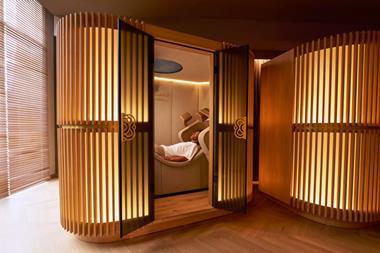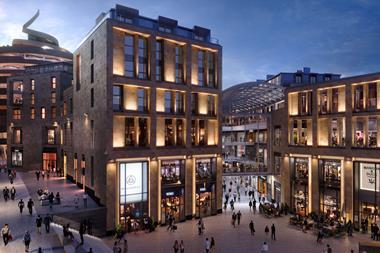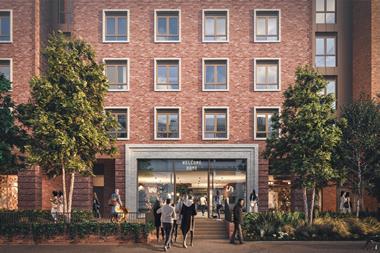Commercialisation of malls is a concept hated by retailers but becoming more and more important to centre owners. But if they’re going to do it, they have to think of their tenants.
Commercialisation of malls is a concept hated by retailers but becoming more and more important to centre owners. But if they’re going to do it, they have to think of their tenants.
As growth in the value of their centres becomes harder to come by through the tradtional route of new deals and rental increases at review, it’s no surprise that landlords are looking to how they can extract additional revenue from the common parts of their centres.
The problem is they often go about it in a ham-fisted way, packing the walkways through the malls with low-grade barrows and pushy salesmen flogging everything from double glazing to Sky TV subscriptions. This has the double negative of annoying the centre’s shoppers and in some cases taking sales away from retailers in the centre by putting competing traders in but not on anything like a level cost base.
It’s no wonder that increasingly tenants, particularly some of our newer arrivals from the US, are demanding exclusion zones around their stores when signing new leases to ensure that none of this clutter gets in the way.
Landlords only have themselves to blame, but there are opportunities where commercialisation can add to the experience of visiting a shopping centre and help attract shoppers. A decent coffee stand, for example, or some of the more exciting experiential marketing concepts which allow brands to show off their products - then the customers will hopefully go into the shops and buy the product being promoted. That’s where commercialisation can become a less ugly word for everyone concerned.


























No comments yet